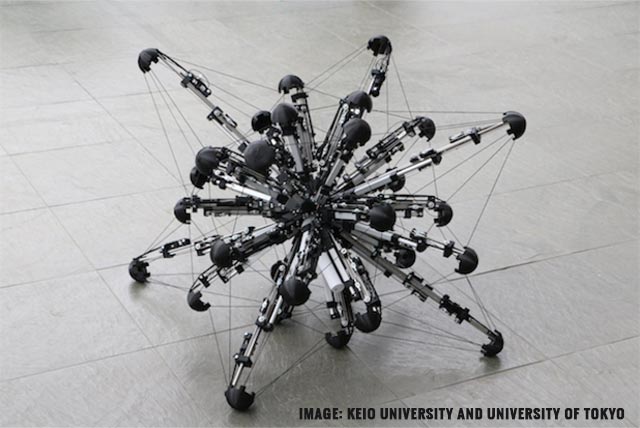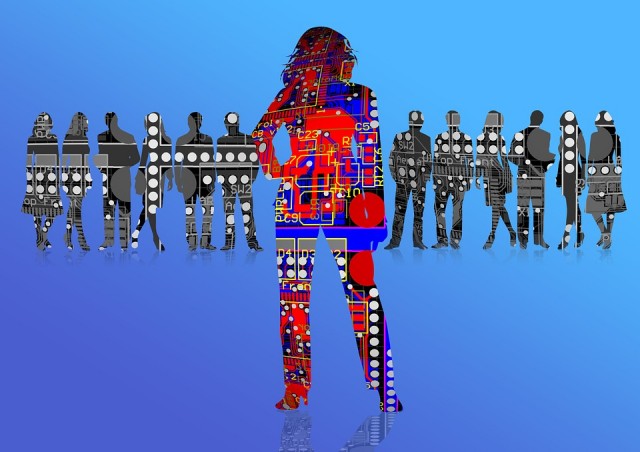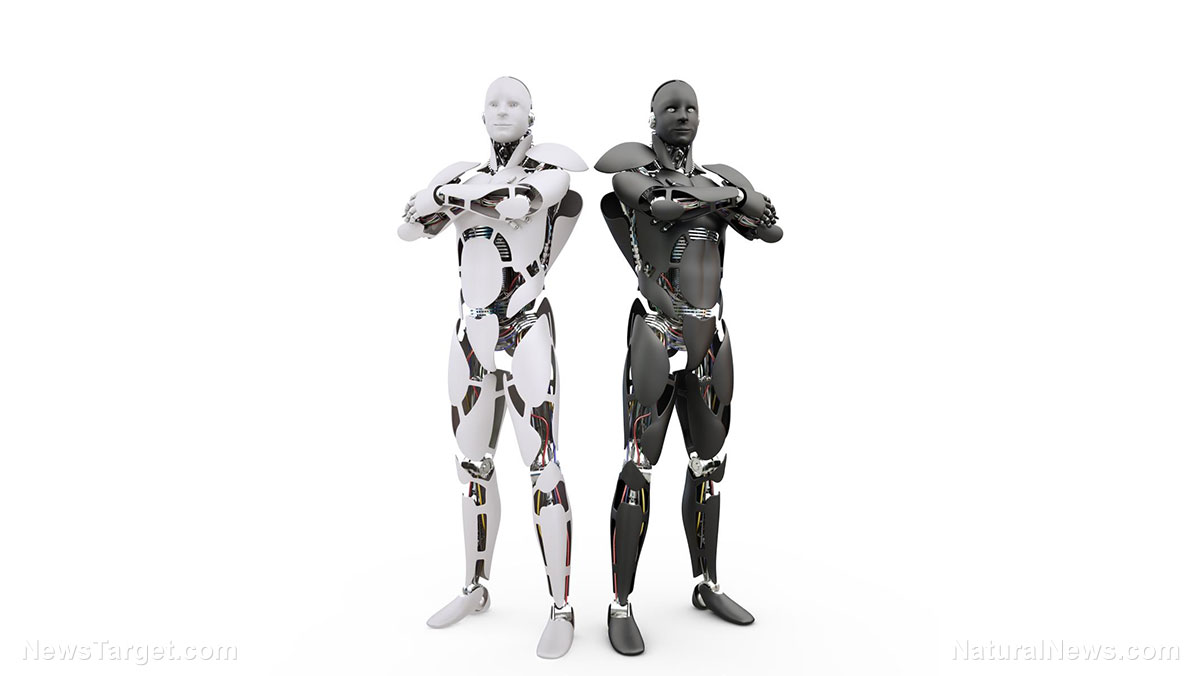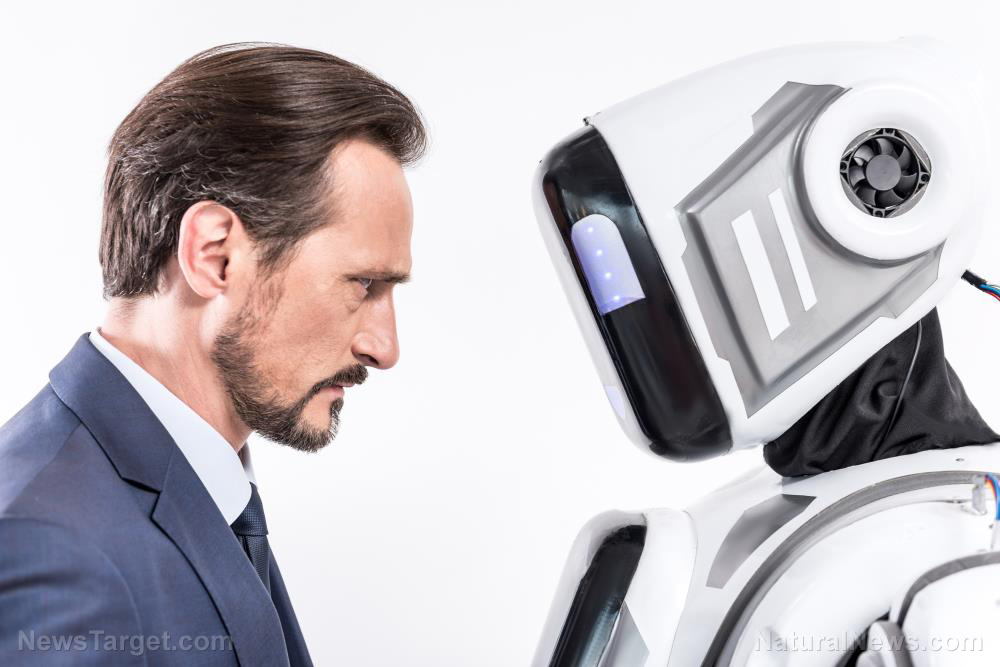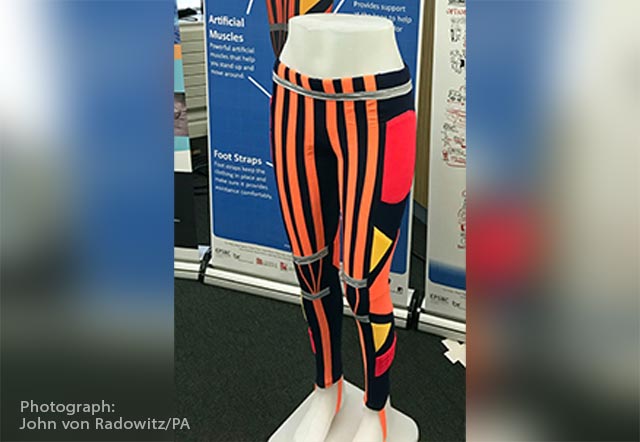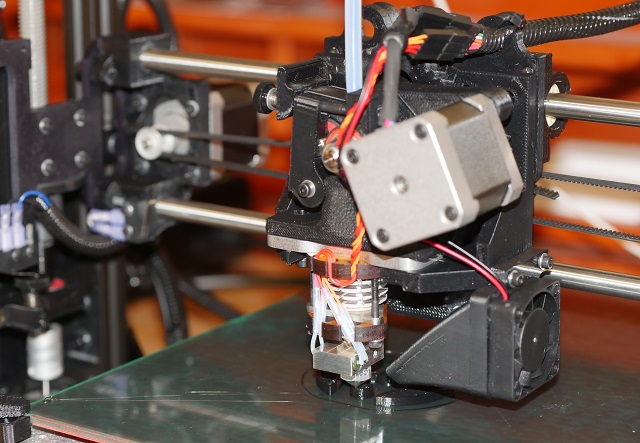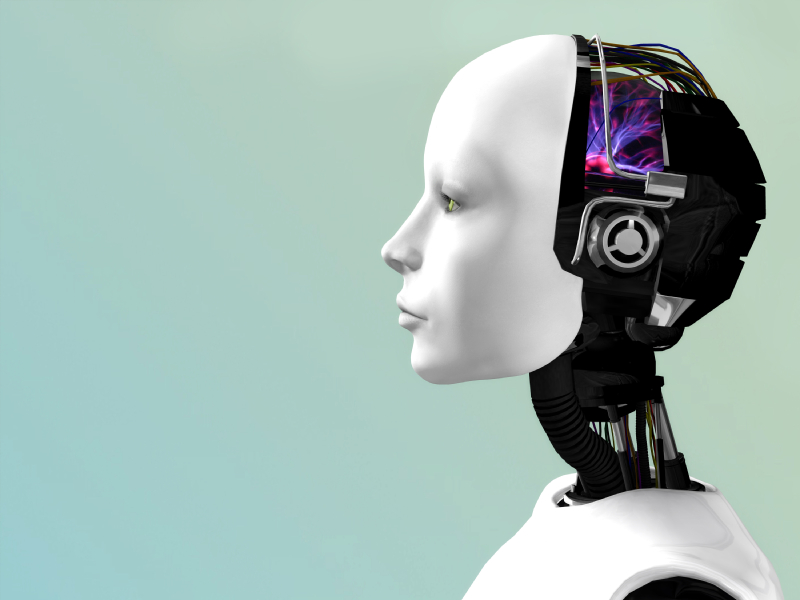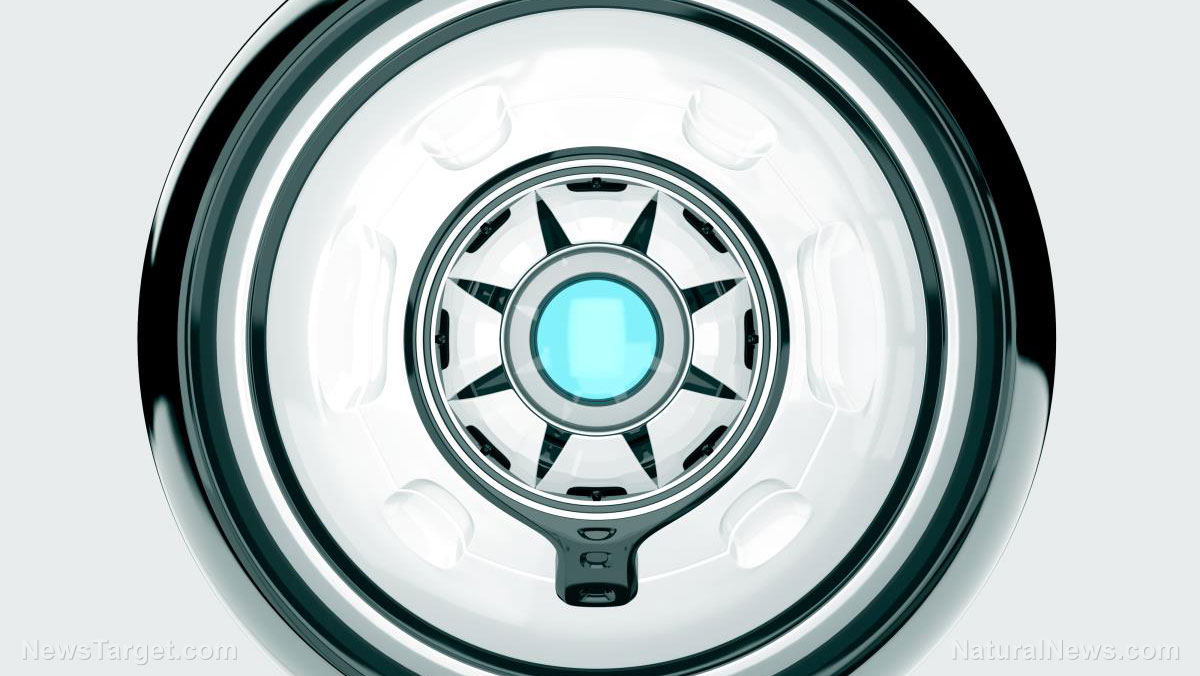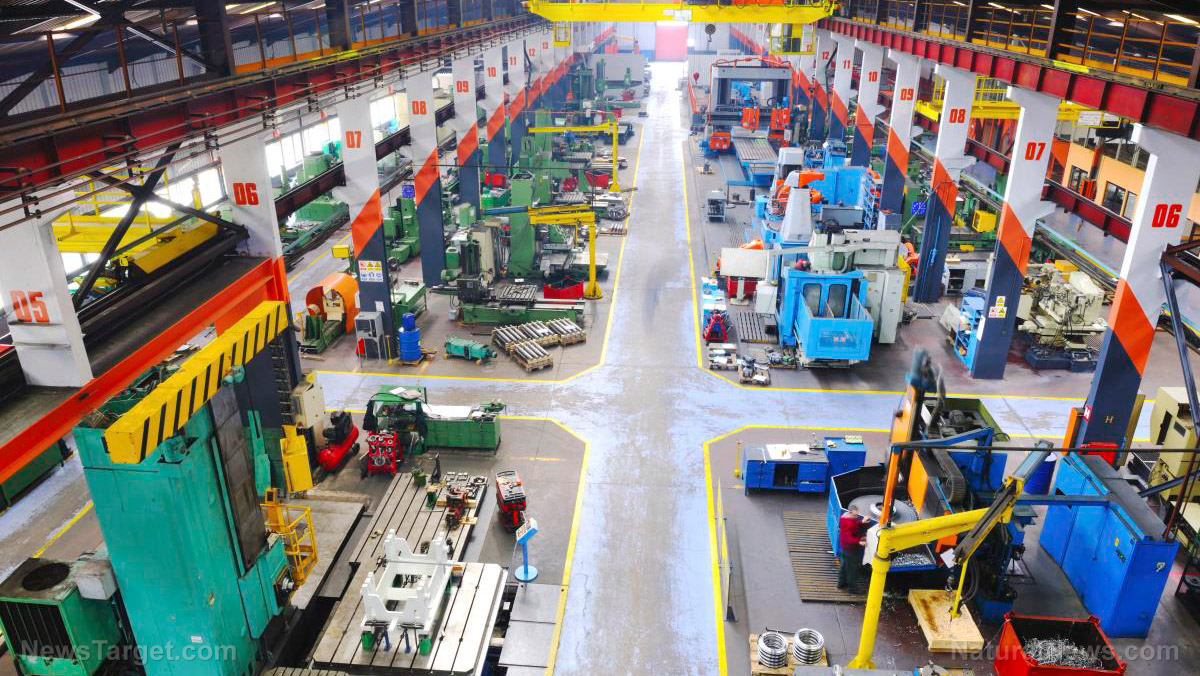Japanese researchers develop a prototype humanoid robot aimed at eventually replacing human laborers
01/01/2019 / By Edsel Cook
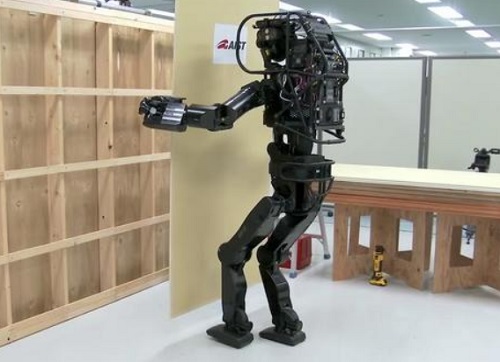
The plummeting birth rate and aging workforce in Japan has forced its populace to resort to using robots for its increasing labor needs. An article on Geek.com reported that researchers have come up with a humanoid robot that will replace human workers in the construction industry.
Created by the National Institute of Advanced Industrial Science and Technology (AIST), the HRP-5P construction robot cuts a rather imposing figure. It is six feet tall and vaguely resembles one of those clunky monstrosities from old sci-fi movies, the ones that always rebel and try to murder their human masters.
As the name implies, it is the fifth model of an increasingly long line of androids. The harbinger of the future robot economy of Japan was HRP-1, which first debuted in 1998.
While HRP-5P is the latest and most advanced unit, the earlier incarnations are still being used. The older HRP-2 Reinforcement was upgraded before serving as the AIST representative at the 2015 DARPA Robotics challenge, an international competition where autonomous robots sought to accomplish various tasks such as driving cars. (Related: Tomorrow’s homes to be built by robots that will be maintained by human workers.)
New Japanese robot gains the movement range of human construction workers
AIST has spent the last 20 years working on giving their robots sufficient capabilities to accomplish all kinds of jobs with minimal human control. Some of the HRP series’ most significant achievements involve crossing rough terrain and turning valves with precision.
However, while the humanoid robots could pull off delicate tasks with ease, they did not possess the physical capability of human workers when it came to heavy duty work. The earlier models were unable to replicate truly human movement in complex environments such as construction sites.
In one particular example, the HRP unit was practically helpless when it came to building a wall out of gypsum board. AIST determined to remedy this by creating HRP-5P, a specialized construction robot that possessed sufficient physical capabilities to perform the same job as human construction workers.
At first glance, the new robot does not seem that impressive. It moves and works quite slowly, especially when compared to a human.
However, its artificial intelligence is analytical and rigorous. This electronic brain allows it to take full advantage of its extremely flexible joints, which can match or exceed the movement range of a human.
It is also immune to the physical exhaustion and emotional problems that plague human workers. So it will be able to work all day and all night, long after the humans have headed home to sleep.
Trading Japan’s uncertain future economy for a robot-driven one
AIST is trying to head off the uncertain future economy that will be caused by a combination of plunging birthrate and graying population in Japan. In that scenario, the construction industry will be one of the very first to fall victim to a grave lack of human workers.
Furthermore, the researchers want to reduce the chances of crippling or deadly accidents for humans who are operating in dangerous environments. These workers often use heavy equipment and bulky materials that can cause serious physical injuries and long-lasting effects on human health.
The research institute decided that the best solution to those dilemmas is to built humanoid robots using the latest technologies. These machines can replace humans in construction areas and other dangerous environments.
Humanoid robots have the right body shape to use the same workplaces as the organics they are replacing. So they can just slot into the work environment without disrupting anyone – except the person whose job it is stealing.
Find out if robots are gunning for your job at Robots.news.
Sources include:
Tagged Under: Android, artificial intelligence, autonomous robots, construction industry, construction robots, future science, future tech, HRP-5P, human labor, humanoid robot, Japan, robot economy, robot jobs, robot takeover, robotics, robots
